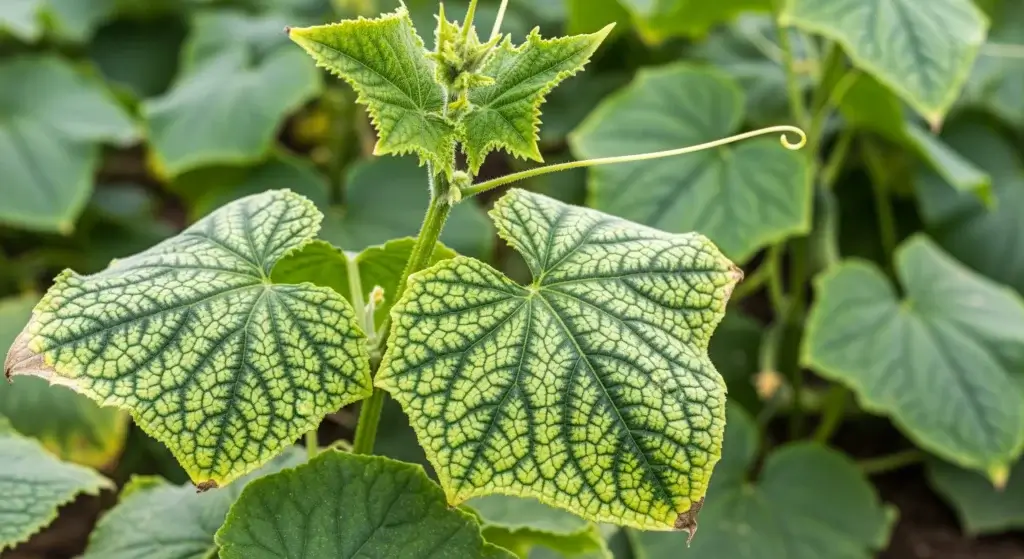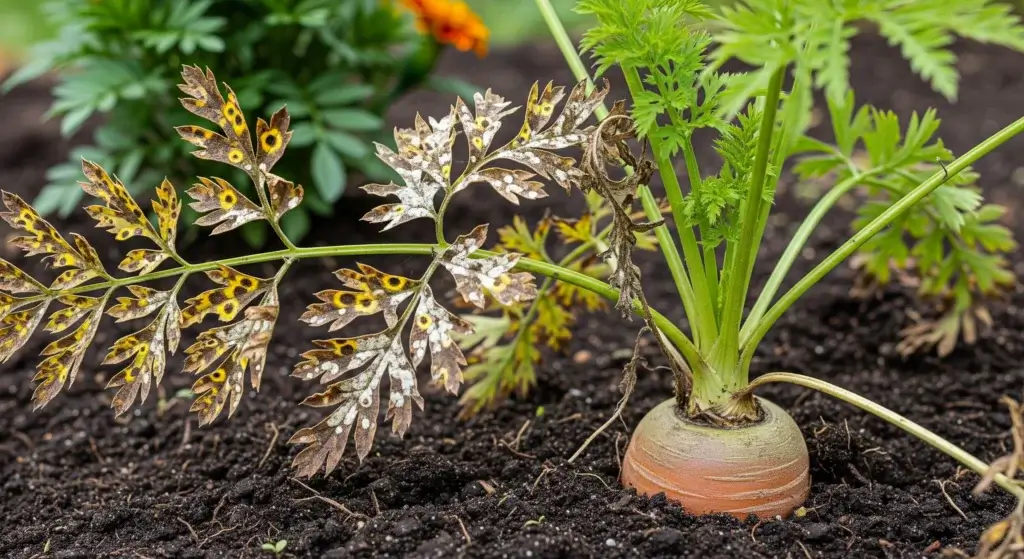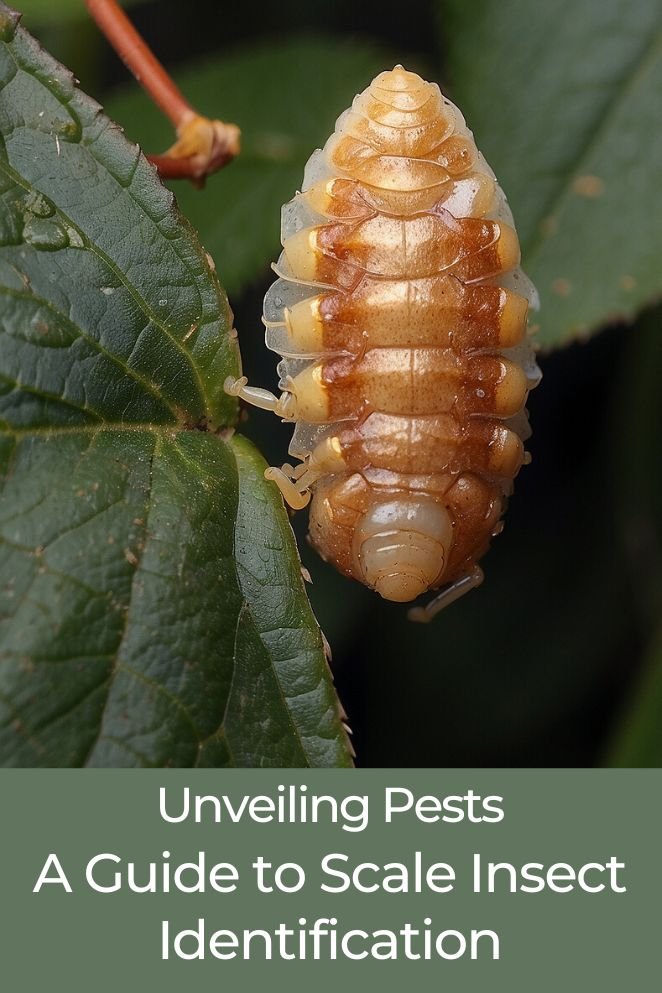
Scale insects are a common but often overlooked pest that can cause significant damage to plants.
In this guide, we will provide you with the essential knowledge to identify, control, and prevent scale insects, ensuring a vibrant, pest-free garden.
We will cover the identification of scale insects, their impact on plants, and effective methods for managing and preventing infestations.
What are scales in insects?
Scales in insects refer to small and stationary pests characterized by a protective waxy covering.
Found in various colors, such as brown, white, or black, these insects typically inhabit stems or the undersides of leaves.
Their mode of feeding involves extracting sap and nutrients from the plant, leading to both aesthetic and physical damage.
- Read also: How To Make a Natural Pesticide
- Read also: Natural Pest Control Methods for Your Vegetable Garden
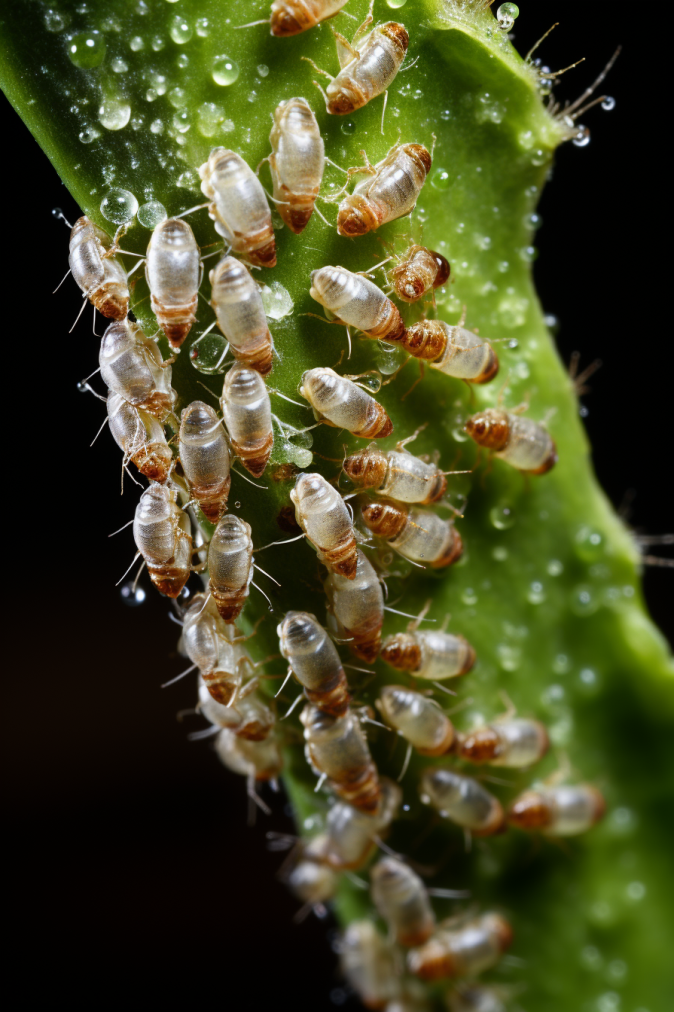
What are the different types of scale insects?
Scale insects are a diverse group of plant-sucking pests, with more than 8,000 described species.
They can be found on various plants, including ornamental plants, fruit trees, and bushes.
There are two main types of scale insects: armored scales and soft scales.
Here’s a closer look at each type and how to identify them:
Armored Scales
Armored scales are small, usually about one-sixteenth to one-eighth of an inch in length.
They have an oval, slightly elongated shape and are covered by a waxy, protective scale covering. Some common armored-scale species include:
- Luzulaspis luzulae (sedges)
- Eulecanium tiliae (nut scale)
- Diaspidiotus ostreaeformis (yellow plum scale)
- Lepidosaphes ulmi (mussel scale)
Soft Scales
Soft scales are larger than armored scales and lack the hard, waxy covering.
They can be mistaken for part of a plant or tree, making them difficult to identify at first glance.
Some common soft-scale species include:
- Pulvinaria vitis (woolly vine scale)
- Parthenolecanium corni (corn scale)
- Unaspis spp. (cactus scale)
- Coccus spp. (mealybugs)
How do you identify a scale plant?

Identifying the scale of plants involves recognizing their distinctive appearance and understanding their various characteristics.
Here’s a more detailed exploration:
Scale Appearance
- Flat or domed shells: Scales resemble small, flat, or domed shells attached to plant stems or the undersides of leaves.
- Location: They are typically found around the main veins of the leaf.
Scale bugs characteristics
- Color variation: Scale bugs exhibit different colors, commonly brown, and occasionally greyish-white.
- Size range: Their size varies, ranging from 1mm to 6mm, contingent on the species.
Identification challenges
Identifying scale insects can be challenging due to variations in species.
Some plants attract specific types of scales, complicating the identification process.
Location of scale colonies
- Open clustering: Scale colonies are often openly clustered on plant stems, making them easily visible.
- Underleaves: While they may feed on the undersides of leaves, spotting them in this location can be a bit more challenging.
Commonality of scale insects
Scale insects are a relatively common issue in both garden and indoor plant environments.
Identification tips
- Observation: Careful observation of plant stems, leaves, and their surroundings.
- Color and size: Pay attention to the color and size variations of the scale bugs.
- Colonies: Note if there are open clusters on stems or if they are hidden under leaves.
Are scales beneficial or pests?
Scale insects are generally regarded as pests because of their harmful feeding behaviors.
Although their impact may not be catastrophic, they can cause both visual and physical harm to plants.
Certain scale species produce a sticky substance known as honeydew, fostering the development of a fungus called sooty mold.
This additional effect further compromises the overall health of plants.
What are some common plants that are affected by scale insects?
Scale insects are a common pest that can affect a wide range of plants, including ornamental plants, fruit trees, and bushes.
Here are some common plants that are affected by scale insects:
- Ferns
- Asparagus fern
- Schefflera
- Palms
- Begonia
- Citrus
- Chrysanthemum
- Fig
- Lily
- Orchids
- Cyclamen
- Bay and cherry trees
- Hollies
- Camellias
- Rhododendrons
- Star jasmine
- Evergreen azaleas
- Euonymus
These are just a few examples of the many plants that can be affected by scale insects.
It’s important to regularly inspect your plants for signs of infestation and take action promptly to prevent the spread of these pests.
How do you get rid of scale insects?
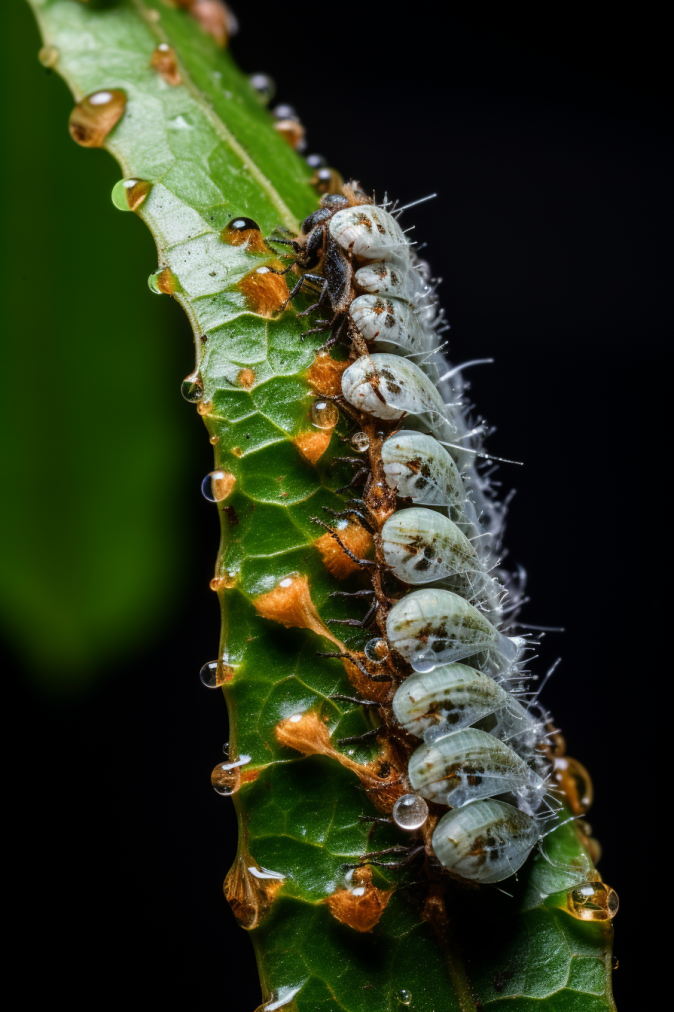
Taking action against scale insect infestations is crucial to protect your plants. Effective methods for controlling scale insects include:
Scraping off visible
Gently scrape off visible scale insects using a soft brush, toothpick, or your fingernail.
This manual removal helps reduce the immediate population.
Using rubbing alcohol
Use rubbing alcohol applied with a cotton swab to kill individual scales.
This method is effective in removing their waxy coverings, rendering them more vulnerable.
Applying insecticidal soap or horticultural oil
Apply insecticidal soap or horticultural oil following the product’s instructions.
These substances suffocate and disrupt the insects, offering an effective control method.
Ensure compliance with the recommended application rates and safety precautions outlined on the product label.
Regularly inspecting
Regularly inspect your plants, paying attention to stems, leaves, and their undersides.
Early detection allows for prompt action before the infestation spreads.
Take preventive measures by addressing any signs of infestation as soon as they are noticed.
Natural predators
Introduce or encourage natural predators, such as ladybugs or predatory beetles, which feed on scale insects.
This ecological approach can contribute to a more balanced and sustainable pest control system.
Pruning infested branches
If the infestation is localized, consider pruning and removing heavily infested branches.
Dispose of the pruned material properly to prevent the spread of scales.
- Read also: Flowers for Vegetable Garden Pest Control
- Read also: A Guide to Whitefly Control on Vegetables
Conclusion
Scale insects pose a common yet potentially harmful threat to the well-being and aesthetics of plants.
To ensure your garden remains healthy and vibrant, it’s crucial to comprehend how to identify, control, and prevent these pests.
Timely intervention and accurate identification are pivotal in managing scale insect infestations and preserving a thriving, pest-free garden.
FAQs
Scale insects are small, immobile pests with a protective waxy covering. They can be brown, white, or black and are typically found on stems or the underside of leaves.
Armored scales are small, oval, and covered by a waxy, protective scale covering. Soft scales are larger and lack the hard, waxy covering. They can be mistaken for part of a plant or tree, making them difficult to identify at first glance.
Scale insects are considered pests due to their destructive feeding habits, which can lead to aesthetic and physical harm to plants. Some species excrete a sticky substance called honeydew, which encourages the growth of a fungus called sooty mold, further impacting plant health.

